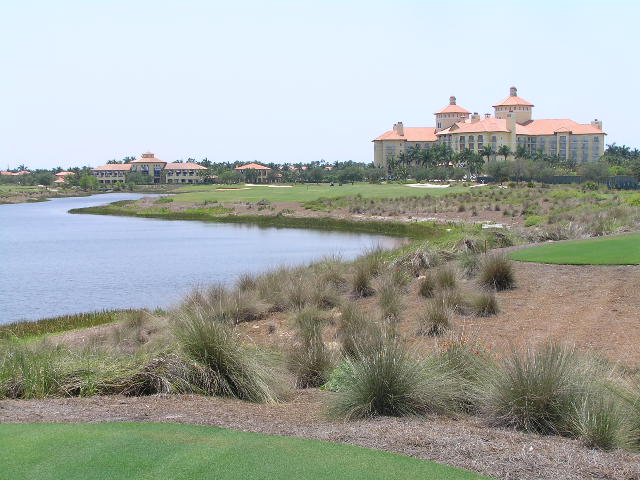
The QBE Shootout was held each year between 1989 and 2022 traditionally in mid-December during the off-season, and was latterly the final event of the year before the PGA Tour’s winter break in their previous wrap around calendar.
Unlike the 72-hole stroke play format of most tournaments, the QBE Shootout was a team event comprising of 12 pairs competing across three days and 52 holes.
The host of this event was co-founder Greg Norman, who established this contest in 1989. Initially held at the Sherwood Country Club in California, the QBE Shootout spent one year at the Doral in Florida before settling at Tiburón Golf Club, also in Florida, from 2001 to 2022.
Tiburón’s Gold Course where this was played was designed by Norman himself, with tiburón the Spanish translation of shark, the two-time Open Champion’s nickname.
Like most PGA Tour events, this had been dominated by homegrown players over the years but there has been an English winner. Ian Poulter teamed up with Dustin Johnson back in 2010 when they secured a two-stroke victory over the Northern Irish pairing of Darren Clarke and Graeme McDowell.
With Norman’s association with the breakaway Saudi-backed LIV Golf tour, this was removed from the PGA Tour after 2022. It was replaced by the Grant Thornton Invitational, a mixed-team event co-sanctioned by the PGA Tour and LPGA Tour, though this new event will still be played at Tiburón Golf Club.
Quick Facts
| Course | Location | Length | Prize Money |
|---|---|---|---|
| Tiburón Golf Club | Naples, Florida | 7,288 yards | $3,800,000 |

QBE Shootout Recent Winners
| Year | Winners | To Par | Winning Margin | Course |
|---|---|---|---|---|
| 2022 | Tom Hoge & Sahith Theegala | -34 | 1 Stroke | Tiburón Golf Club |
| 2021 | Jason Kokrac & Kevin Na | -33 | 1 Stroke | Tiburón Golf Club |
| 2020 | Harris English & Matt Kuchar | -37 | 9 Strokes | Tiburón Golf Club |
| 2019 | Rory Sabbatini & Kevin Tway | -31 | 2 Strokes | Tiburón Golf Club |
| 2018 | Brian Harman & Patton Kizzire | -30 | 1 Stroke | Tiburón Golf Club |
| 2017 | Sean O'Hair & Steve Stricker | -26 | 2 Strokes | Tiburón Golf Club |
| 2016 | Harris English & Matt Kuchar | -28 | 1 Stroke | Tiburón Golf Club |
| 2015 | Jason Dufner & Brandt Snedeker | -30 | 2 Strokes | Tiburón Golf Club |
| 2014 | Jason Day & Cameron Tringale | -32 | 1 Strokes | Tiburón Golf Club |
| 2013 | Harris English & Matt Kuchar | -34 | 7 Strokes | Tiburón Golf Club |
| 2012 | Sean O'Hair & Kenny Perry | -31 | 1 Stroke | Tiburón Golf Club |
| 2011 | Keegan Bradley & Brendan Steele | -32 | 3 Strokes | Tiburón Golf Club |
| 2010 | Dustin Johnson & Ian Poulter | -30 | 2 Strokes | Tiburón Golf Club |
| 2009 | Jerry Kelly & Steve Stricker | -26 | 1 Stroke | Tiburón Golf Club |
| 2008 | Scott Hoch & Kenny Perry | -31 | 2 Strokes | Tiburón Golf Club |
| 2007 | Woody Austin & Mark Calcavecchia | -29 | 1 Stroke | Tiburón Golf Club |
| 2006 | Jerry Kelly & Rod Pampling | -31 | Playoff | Tiburón Golf Club |
| 2005 | John Huston & Kenny Perry | -30 | 1 Stroke | Tiburón Golf Club |
| 2004 | Hank Kuehne & Jeff Sluman | -29 | 2 Strokes | Tiburón Golf Club |
| 2003 | Hank Kuehne & Jeff Sluman | -23 | Playoff | Tiburón Golf Club |
Tiburón Golf Club

In keeping with the generally relaxed feel of the QBE Shootout, Tiburón Golf Club provided this standard of golfer with a lot of scoring opportunities. Before you factored in the format of the tournament, which saw a scramble on Friday followed by greensomes on Saturday and then better ball on Sunday, the Gold Course at Tiburón was highly gettable as they say on the PGA Tour. If you wanted birdies and eagles, this was the tournament to watch and it was a lot of fun.
Greg Norman, the host of the QBE Shootout, was rightly proud of his work designing the Gold Course. But there was a reason it was situated in a tourist location and was used for an unofficial PGA Tour event rather than a ranking event. There was little on the Gold Course to really concern players of this standard from tee to green. It was on the greens where players were really able to separate themselves from the competition and strokes gained putting had long been an important metric at the QBE Shootout, with a super-low score needed to win.
You could expect to see the players notch up a whole host of birdies and even the odd eagle as they thoroughly enjoy themselves on a beautiful but rather unchallenging course. Whilst things were easy for the players, they were not easy for punters, with a lot of unpredictability at a course where anyone could win.
About the QBE Shootout
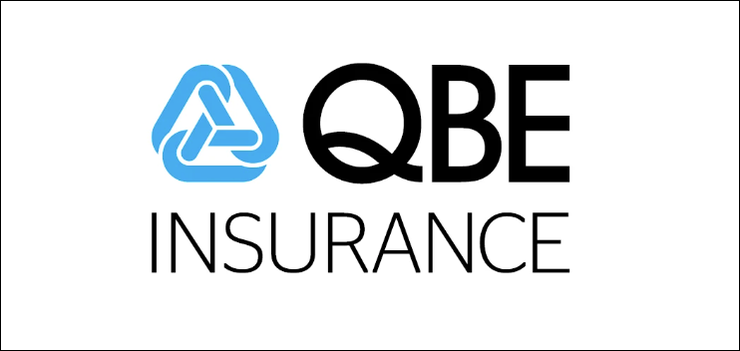
The QBE Shootout was one of an increasing number of non-standard tournaments that featured on the golfing calendar but, dating back to 1989, it was certainly one of the older ones that fell into that category. It billed itself as the “premier PGA TOUR post-season event” and ended up taking place in mid-December during the break the wraparound season took at that time of year.
The tournament was unusual in a number of ways, being a team event, featuring just 24 players and also being played over 54 rather than the customary 72 holes, from Thursday to Saturday. Although it offered a total prize fund of more than $3m, it was an unofficial money event on the Tour, a category into which tournaments such as the Hero World Challenge and the now also defunct PGA Grand Slam of Golf fell.
Greg Norman helped found the event and has hosted it for many years. In the first ever tournament he was paired with golfing legend Jack Nicklaus, the duo finishing tied fourth. Curtis Strange and Mark O’Meara won that year and Norman would have to wait until 1998 for his one and only win when he and fellow Aussie Steve Elkington got the job done.
For many years the tournament had been known as the Shark Shootout, honouring Norman, whose nickname is the Great White Shark, or just Shark. The exact name changed over the years, largely for sponsorship reasons and whilst some still thought of it as the Shark Shootout it was the QBE Shootout between 2017 and the final tournament in 2022.
Format & Course
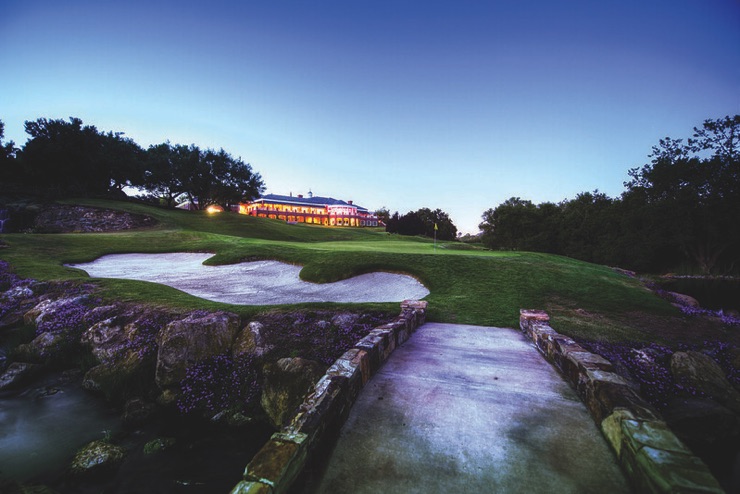
As well as changing its name, the tournament had also moved around a fair bit over the years, although it played in Florida, where Norman has long lived, between 2000 and 2022. Initially it called California home, the first 11 editions being played at Sherwood Country Club. Doral took over for one year using a course designed by the tournament host himself. In 2001 the Shootout moved to Naples in south west Florida, one of the wealthiest cities in the States.
Tiburón Golf Club hosted this event since then, tiburón being Spanish for shark, with the Gold Course (one of two designed by Norman at the golf club) being used. From the Championship tees the course was a fairly standard par 72 that stretched to almost 7,400 yards, closing with a tricky 493-yard par four.
As with many tournaments that don’t follow the standard 72-hole stroke play format, the structure of the event had been tweaked a number of times over the years. The 12-team, 24-player format stayed constant but other than that pretty much everything else had changed.
ESPN outlined the latest format change when it was introduced in 2014, under the rather disparaging headline, “Silly-season event adjusts format”. The first round was a scramble (essentially both team members teed off, chose the best shot, both played from there and then repeat), with the second 18 played as greensomes. The decisive round was played under more conventional fourball better ball rules.
Due to the way the course was set up and the relaxed nature of the tournament, alongside the structure outlined above, scoring was invariably superb. In 2019 only one team finished with a score worse than 20 under par. Below we can see the best scores from each round/format for the 2019 edition of this fun contest.
Top 2019 Scores
| Round/Format | Best Score | Team |
|---|---|---|
| 1: Scramble | 55 | Ryan Palmer & Harold Varner III |
| 2: Greensomes | 65 | Graeme McDowell & Ian Poulter, and also Viktor Hovland & Matthew Wolff |
| 3: Better Ball | 60 | Viktor Hovland & Matthew Wolff, and also Rory Sabbatini & Kevin Tway |
If that scoring sounds almost insanely good, it should be noted that Rory Sabbatini and Kevin Tway, who won that year, “only” managed to shoot a 31 under par score of 185. In 2013 Harris English and Matt Kuchar went even lower, shooting 64-60-58 (under a slightly different format) to finish on a 34 under par score of 182.
Unusual Structure Didn’t Stop Format Specialists
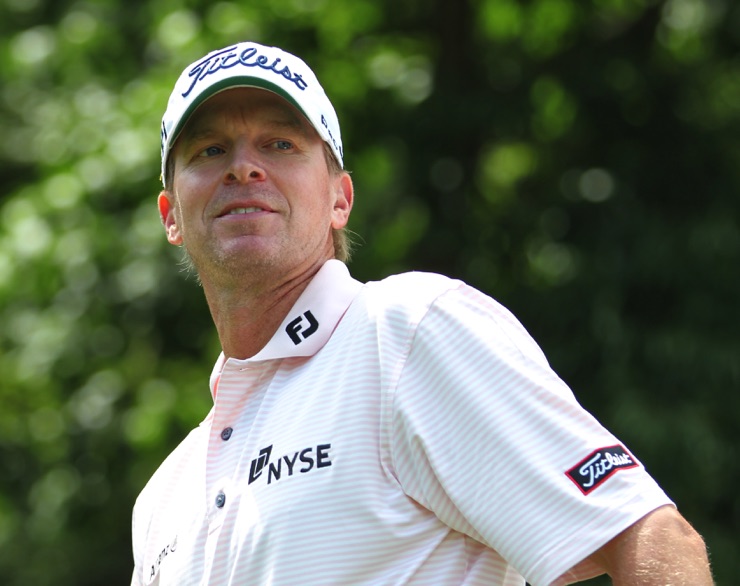
A tournament like this could almost seem random in nature, with such low scoring suggesting that picking the winner may have seemed like something of a lottery. However, we had seen enough multiple winners here to draw on the data and have a pretty good idea of what sort of player tended to thrive. Take a look at the multiple winners of this event in the chart below.
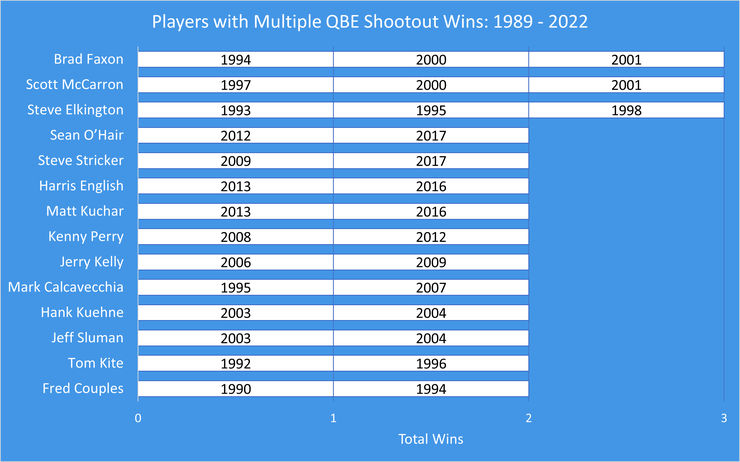
The high number of repeat winners was indicative of the fact that 1/12th of the field won each year (there were just 24 players and, as a team event, two winners). However, given how low scoring you had to be you would expect great putters to thrive and that was borne out by the stats.
A few names on the list above leap out as great putters, with Steve Stricker always in any discussion of the best around and indeed was ranked the very best according to one analysis. Also on that top 10 were Matt Kuchar and 2015 champ Brandt Snedeker.
Brad Faxon was another player with a huge reputation as one of the best putters of all time. Indeed, in 2000 he needed just 1.704 putts on every green he made in regulation, the best stat ever recorded for that metric.
Another interesting factor to consider was that more relaxed players had tended to do well. This was a team contest and although good money was up for grabs it was also an unofficial tour event. Looking for a duo that got along well and liked each other’s company and could thrive in this sort of lower key environment was also important.